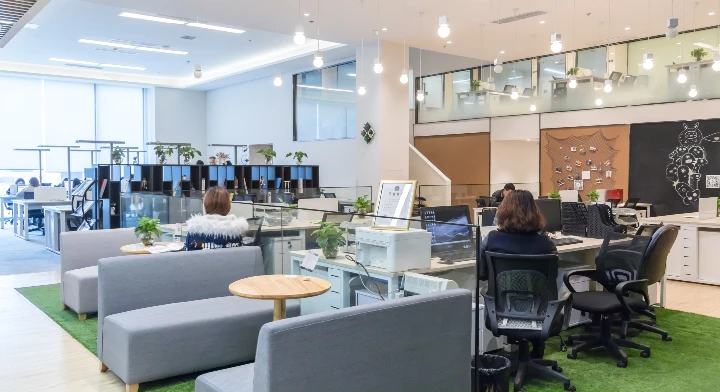
- Afrikaans
- Arabic
- Belarusian
- Bengali
- Czech
- Danish
- Dutch
- English
- Esperanto
- Estonian
- Finnish
- French
- German
- Greek
- Hindi
- Hungarian
- Icelandic
- Indonesian
- irish
- Italian
- Japanese
- kazakh
- Rwandese
- Korean
- Kyrgyz
- Lao
- Latin
- Latvian
- Malay
- Mongolian
- Myanmar
- Norwegian
- Persian
- Polish
- Portuguese
- Romanian
- Russian
- Serbian
- Spanish
- Swedish
- Tagalog
- Tajik
- Thai
- Turkish
- Turkmen
- Ukrainian
- Urdu
- Uighur
- Uzbek
- Vietnamese
landscape artificial turf
Nov . 12, 2024 13:20 Back to list
The Rise of Landscape Artificial Turf A Greener Alternative for Outdoor Spaces
In recent years, the demand for landscape artificial turf has surged as more homeowners and businesses seek sustainable, low-maintenance, and visually appealing outdoor spaces. This innovative solution offers numerous benefits over traditional grass, transforming lawns, parks, and recreational areas into lush green landscapes that require minimal upkeep. In this article, we will explore the advantages of landscape artificial turf, its applications, and its role in creating environmentally-friendly spaces.
Advantages of Landscape Artificial Turf
One of the most significant benefits of artificial turf is its low maintenance requirements. Unlike natural grass, which needs regular mowing, watering, and fertilizing, artificial turf remains lush and green year-round with very little attention. This feature is especially appealing to busy homeowners and property managers who want beautiful landscapes without the time-consuming upkeep.
Additionally, landscape artificial turf is highly durable and can withstand heavy foot traffic and harsh weather conditions better than natural grass. This resilience makes it an optimal choice for sports fields, playgrounds, and public parks where activity levels are high. With a lifespan of up to 15-20 years, synthetic grass provides a long-term solution for outdoor spaces, reducing the need for frequent replacements or repairs.
Water conservation is another significant advantage of artificial turf. As droughts and water scarcity become increasingly common, especially in arid regions, installing synthetic grass can dramatically reduce water consumption. Natural lawns require extensive watering, especially during peak summer months, but artificial turf eliminates this need, contributing to a more sustainable ecosystem.
Moreover, landscape artificial turf is environmentally friendly. Many synthetic grass products are made from recycled materials, making them a responsible choice for eco-conscious consumers. Additionally, using artificial turf eliminates the need for chemical fertilizers and pesticides that can leach into the soil and nearby water sources, thus minimizing chemical runoff and its harmful effects on the environment.
Applications of Landscape Artificial Turf
landscape artificial turf

The adaptability of landscape artificial turf lends itself to various applications. In residential settings, homeowners are increasingly adopting synthetic lawns for their gardens, backyards, and front yards. Artificial grass allows families to enjoy green spaces for recreational activities without the hassle of maintenance or the worry of muddy shoes and pet messes.
For commercial properties, the benefits of landscape artificial turf are equally compelling. Retail centers, restaurants, and office complexes use artificial grass to enhance their outdoor areas, creating inviting spaces for customers and employees. These enhanced landscapes not only improve aesthetics but also can increase property value and attract more business.
Sports facilities have made extensive use of artificial turf for years, with soccer fields, football arenas, and golf courses frequently adopting synthetic grass. The consistent playing surface and reduced injury risk associated with artificial turf make it a popular choice among athletes and sports organizations.
Creating Environmentally-Friendly Spaces
As urban areas expand, the concepts of sustainable landscaping become more critical. Urban environments often suffer from the heat island effect, where natural vegetation is replaced by concrete and asphalt, leading to higher temperatures. Landscape artificial turf can play a vital role in cooling these spaces, offering natural-looking alternatives that can support biodiversity.
Incorporating artificial turf into urban designs can also promote a healthy community. Green spaces are essential for physical and mental well-being, providing areas for relaxation, recreation, and social interaction. By integrating synthetic grass into parks and public areas, cities can offer appealing environments that encourage outdoor activities without the high water and maintenance costs of natural grass.
Conclusion
The increasing popularity of landscape artificial turf reflects a broader trend toward sustainable, low-maintenance solutions for outdoor spaces. With its numerous advantages, including reduced water consumption, minimal maintenance, and enhanced durability, artificial grass offers an appealing alternative to traditional lawns. As communities continue to prioritize greening urban landscapes and conserving resources, landscape artificial turf is poised to play a crucial role in shaping the future of outdoor design, paving the way for greener and more sustainable environments.
-
The Benefits of Artificial Turf for Indoors
NewsJul.15,2025
-
How Artificial Grass Suppliers Ensure Quality Products
NewsJul.15,2025
-
Artificial Grass and Pets: A Space for Relaxation
NewsJul.08,2025
-
Balcony & Outdoor Decoration with Artificial Grass
NewsJul.08,2025
-
Best Indoor Artificial Grass for Home
NewsJul.07,2025
-
Best Pet Turf for Dogs: Safe & Durable Artificial Grass Options
NewsJul.07,2025
Products categories









